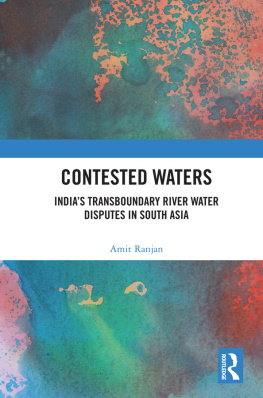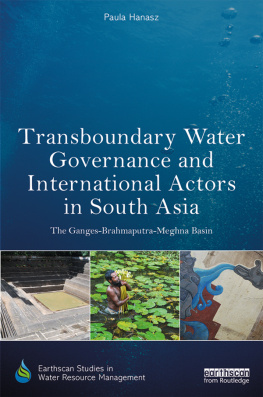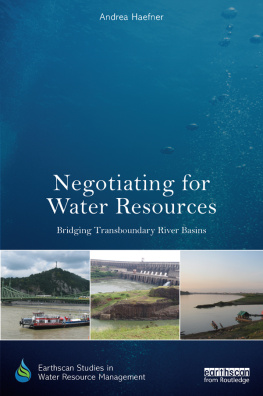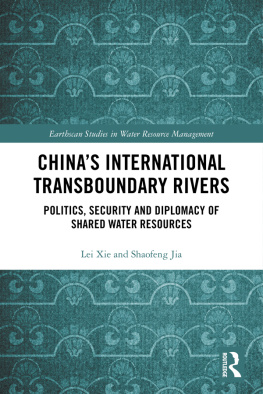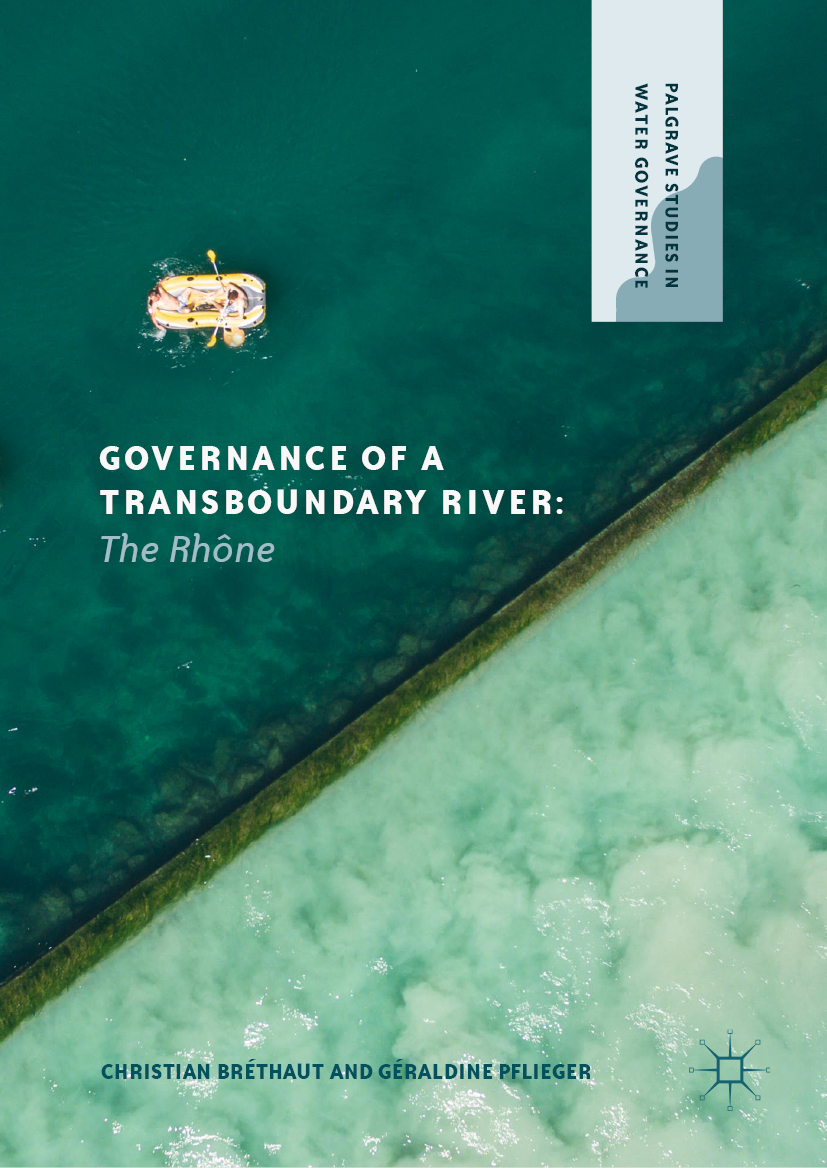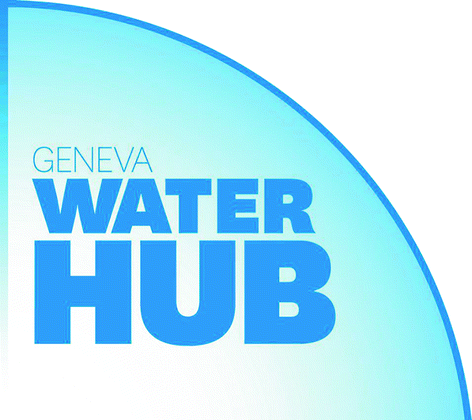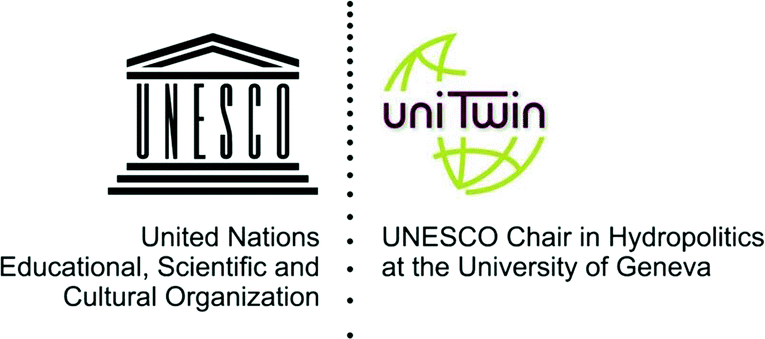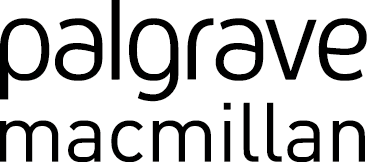Palgrave Studies in Water Governance: Policy and Practice
Series Editors
Christian Brthaut
Institute for Environmental Sciences, University of Geneva, Geneva, Switzerland
Thomas Bolognesi
GEDT, University of Geneva, Geneva, Switzerland
Looking at the issues of water governance through the perspective of the social sciences, books in the Palgrave Series in Water Governance take a global perspective on one of the key challenges facing society today: the sustainable development of water resources and services for all. In stepping away from the traditional focus on engineering and geophysics, the series takes a more holistic approach to both consolidate and generate knowledge that can be applied to different geographic areas by academics, researchers, policy-makers, NGOs and the private sector. This series emphasises the link between science and policy through considering water as a socio-ecological system, water and the territoriality of action, and water in the context of conflicts.
More information about this series at http://www.palgrave.com/gp/series/15054
Christian Brthaut and Graldine Pflieger
Governance of a Transboundary River
The Rhne
Christian Brthaut
UNESCO Chair on hydropolitics, Institute for Environmental Sciences, University of Geneva, Geneva, Switzerland
Graldine Pflieger
UNESCO Chair on hydropolitics, Institute for Environmental Sciences, University of Geneva, Geneva, Switzerland
Palgrave Studies in Water Governance: Policy and Practice
ISBN 978-3-030-19553-3 e-ISBN 978-3-030-19554-0
https://doi.org/10.1007/978-3-030-19554-0
The Editor(s) (if applicable) and The Author(s), under exclusive licence to Springer Nature Switzerland AG 2020
This work is subject to copyright. All rights are solely and exclusively licensed by the Publisher, whether the whole or part of the material is concerned, specifically the rights of translation, reprinting, reuse of illustrations, recitation, broadcasting, reproduction on microfilms or in any other physical way, and transmission or information storage and retrieval, electronic adaptation, computer software, or by similar or dissimilar methodology now known or hereafter developed.
The use of general descriptive names, registered names, trademarks, service marks, etc. in this publication does not imply, even in the absence of a specific statement, that such names are exempt from the relevant protective laws and regulations and therefore free for general use.
The publisher, the authors and the editors are safe to assume that the advice and information in this book are believed to be true and accurate at the date of publication. Neither the publisher nor the authors or the editors give a warranty, expressed or implied, with respect to the material contained herein or for any errors or omissions that may have been made. The publisher remains neutral with regard to jurisdictional claims in published maps and institutional affiliations.
Cover credit: Borges Samuel/Alamy Stock Photo
This Palgrave Macmillan imprint is published by the registered company Springer Nature Switzerland AG
The registered company address is: Gewerbestrasse 11, 6330 Cham, Switzerland
Acknowledgements
This book results from the research projectGOUVRHONE: Hydropower and the Regulation of the River Rhone in a Context of Climate Change and Electricity Liberalization, carried out at the Institute for Environmental Sciences at the University of Geneva between 2012 and 2015. All data collection for the project was funded by our partners: the Federal Office for the Environment (Switzerland), the Rhne-Alpes Regional Directorate for Environment, Spatial Development and Housing (DREAL Rhne-Alpes, France), the Rhne-Mediterranean and Corsica Water Agency, the Canton of Geneva, the Canton of Vaud,Services Industriels de Genveandlectricit de Francewhom we thank most warmly. We are also indebted to our interviewees for their precious time and the valuable information they provided: thank you all. This book has benefited from the help of colleagues who have played a key role. We would like to thank Laura Turley, Research Assistant in the University of Genevas Institute for Environmental Sciences, who took part in the final edit, and Stphane Kluser, Communications Officer at the Geneva Water Hub/University of Geneva, for his help with maps and in finalizing the figures. Finally, many thanks to Karen George for her collaborative approach and the high quality of her translation.
Praise forGovernance of a Transboundary River
This book addresses a less well-understood yet crucially important case of conflict and cooperation over shared water resources in Europe and provides highly relevant insights for scholars and water managers alike - in Europe and beyond.
Dr. Susanne Schmeier,IHE Delft Institute for Water Education, The Netherlands
Governance of a Transboundary Riveris an assiduously researched and expertly argued intervention into the deepening conversations over transboundary river governance in a rapidly changing world. Using Europes highly altered Rhne River basin as the central case, the authors combine an insightful framework for assessing current and future transboundary governance arrangements with a keen understanding of how these arrangements have been shaped through a variety of historical processes. Brthaut and Pflieger are especially deft at bringing to life the biophysical processessediment transport and river flowsthat are too often neglected in accounts of transboundary governance. Scholars and practitioners of water-society relations will discover a compelling account of the contemporary state of transboundary river governance and, more importantly, the various governance futures that hinge on the complex circumstances and decisions of today.
Prof. Chris Sneddon,Dartmouth College, USA
How does the transboundary governance of a river like the Rhne change over time? Brthaut and Pfliegers book answers this question in a highly systematic fashion, covering the socio-history, assessment of regulatory and coordinating mechanisms as well as analysis of key actors. This book,Governance of a Transboundary River: The Rhneis the most up-to-date and comprehensive analysis of the institutional features of this complex river with increasingly competing interests of water use. In addition, Brthaut and Pflieger reveal intriguing paradoxes of the current governance, which is fragmented and polycentric. Their suggestions of possible future trajectories will be of great interest to all those keen to find alternatives and see more diverse ways of doing transboundary river governance.
Dr. Naho Mirumachi,Kings College London, UK
Acronyms





